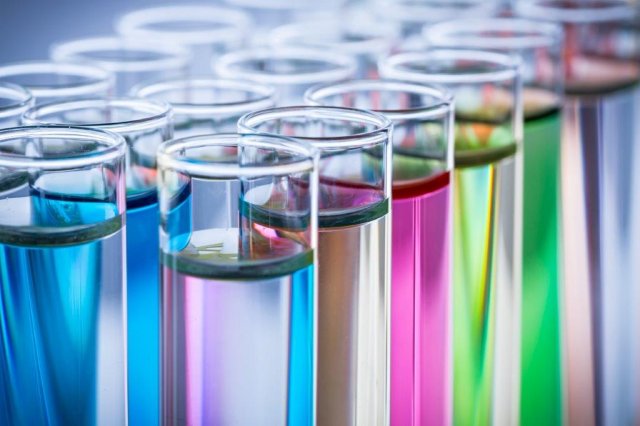Understanding PFAS in the Environment

Updated December 21, 2018
Per- and polyfluoroalkyl substances (PFAS) are a very large class of man-made chemicals that includes PFOA, PFOS, and GenX chemicals. Since the 1940s, PFAS have been manufactured and used in a variety of industries in the United States and around the globe. PFAS are found in everyday items such as food packaging and non-stick, stain repellent, and waterproof products, including clothes and other products used by outdoor enthusiasts. PFAS are also widely used in industrial applications and for firefighting. PFAS can enter the environment through production or waste streams and are very persistent in the environment and the human body. There is toxicological evidence that some PFAS have adverse reproductive, developmental and immunological effects in animals and humans.
A growing number of published reports of PFAS exposures is leading to a growing level of interest and concern by states, tribes, and other localities, who are looking to EPA to support them by providing information for understanding and managing risk of PFAS to public health and the environment.
As part of this effort to support states, tribes, and local communities, EPA scientists and engineers are working on some specific projects to help communities make informed decision about PFAS in their environment. These include:
- Developing and validating laboratory analytical methods for measuring PFAS in the environment,
- Assessing PFAS chemical toxicity,
- Developing standard toxicity values for PFAS chemicals which have sufficient toxicological information,
- Characterizing potential human exposure pathways,
- Managing PFAS containing materials and waste,
- Testing drinking water treatment technologies,
- Identifying site remediation technologies, and
- Providing technical expertise and support to EPA regions, states and communities.
For more information about PFAS and EPA’s efforts, please visit www.epa.gov/pfas.
